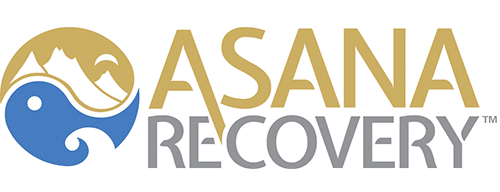You’ve probably heard by now of naloxone, the “wonder drug” that can reduce opioid overdoses. It’s being carried by many paramedics and EMTs, and in April of 2018, the U.S. Surgeon General even issued a national advisory encouraging more people to carry it. You can get naloxone at the pharmacy counter like you would cold medicine, or many community groups have some available. Should you really have some on you at all times? The thought of injecting a random stranger having an overdose might sound pretty intimidating, but if someone close to you uses opioids, you might consider keeping naloxone on hand just in case. You might even make it part of the first aid case in your home because as much as you’d like to think no one under your roof is going to overdose, you just never know.
Is it enabling to keep naloxone on hand? If your spouse or child is using opioids to the point where there’s a risk for overdose, and you’re certain enough of it to have an antidote on hand, shouldn’t you be trying to get them into treatment instead? It seems as though letting them have this safety net is only going to encourage bad behavior. Why shouldn’t they keep on using opioids or heroin, when they know that you’ll be there to save them if needed?
It’s not always as simple as that, unfortunately. There are many reasons why people refuse to go to treatment, like finances or embarrassment or simple denial. You might argue and hint as much as you want, but unless you’re able to have your loved one committed, there comes a point where there isn’t very much you can do. If you decide to stick it out and continue living with the addict, having naloxone nearby and knowing how to use it could save their life.
There’s no actual evidence that having Naloxone widely available increases overdoses or drug use. In fact, it produces some pretty nasty withdrawal side effects, so there aren’t many people who would willingly risk being dosed with it. Instead of looking at it as enabling, think of it like you would a fire extinguisher. You certainly don’t want to have to use it, and you’re going to do what you can to make sure it isn’t necessary, but it’s nice to know it’s there.
Naloxone comes both as a nasal spray called Narcan and an auto-injector called Evzio. It works by blocking the brain’s opioid receptors, and it can restore normal breathing in people who have overdosed on fentanyl, heroin or prescription painkillers. It isn’t quite the miracle drug you might have heard, because it doesn’t completely cure all symptoms. It will last for 30 to 90 minutes, which allows enough time to get to a hospital for further treatment.
If you or a loved one need help with quitting drugs or alcohol, consider Asana Recovery. We offer medical detox, along with both residential and outpatient programs, and you’ll be supervised by a highly trained staff of medical professionals, counselors, and therapists. Call us any time at (949) 438-4504 to get started.



